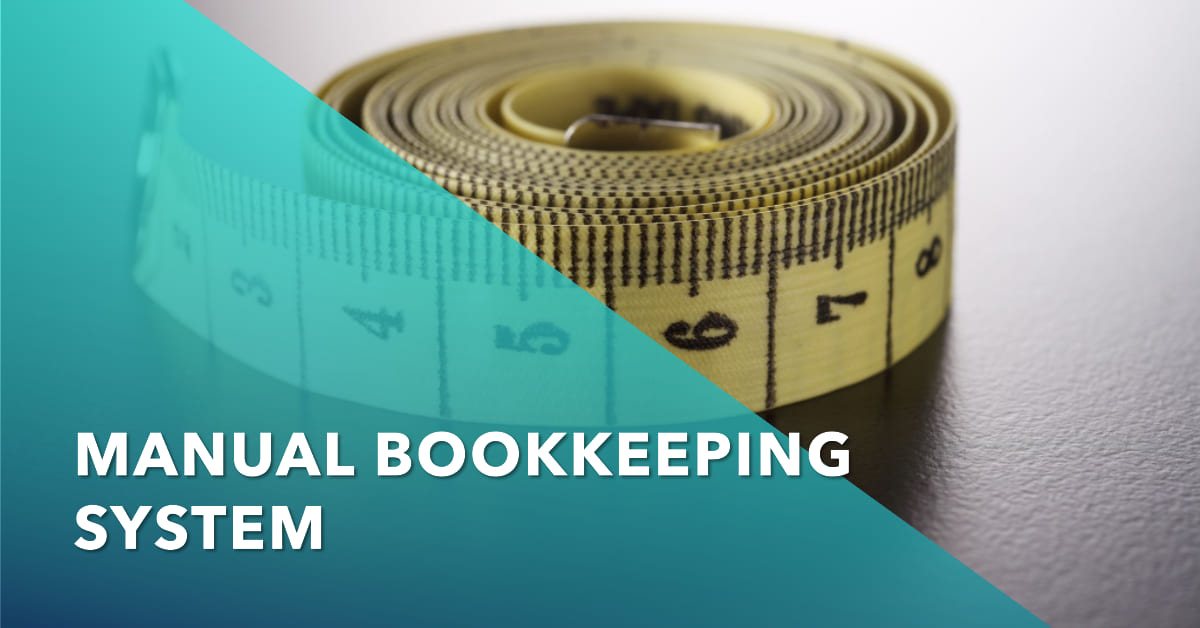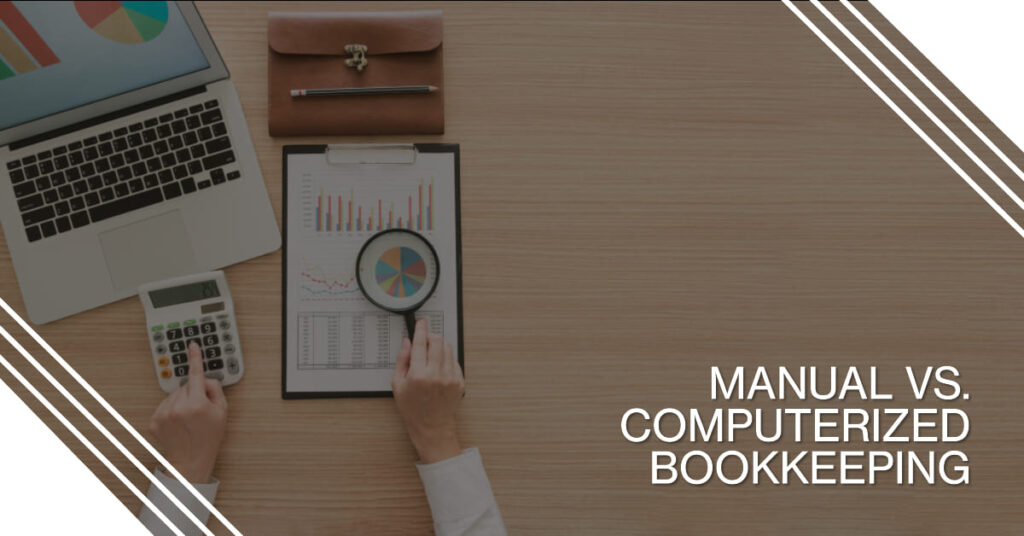Introduction
Bookkeeping is an essential process for any business that involves recording, organizing, and maintaining financial transactions. The accuracy and timeliness of this process are crucial for the success of a business. There are two main types of bookkeeping systems, namely manual and computerized. Manual bookkeeping involves recording financial transactions by hand using journals, ledgers, and other accounting documents, while computerized bookkeeping systems use specialized software to record and manage financial transactions. In this article, we will explore the differences between these two bookkeeping systems, their advantages and disadvantages, and the factors businesses should consider when choosing between them.
Manual Bookkeeping System

Manual bookkeeping is a traditional method of recording financial transactions using pen and paper or other written documentation. The process involves recording transactions in journals and transferring them to ledgers.
In a manual bookkeeping system, the accountant or bookkeeper is responsible for maintaining and organizing all financial records.
The following are the steps involved in a manual bookkeeping system:
- Recording Transactions: The first step is to record all financial transactions, including sales, purchases, expenses, and payments, in a journal or daybook.
- Posting to Ledgers: Once the transactions are recorded in the journal, they are transferred to ledgers, which are organized by account type, such as accounts payable, accounts receivable, and cash accounts.
- Reconciling Accounts: The bookkeeper reconciles the ledgers periodically to ensure that the balances are accurate and match the bank statements.
- Preparing Financial Statements: The bookkeeper uses the information in the ledgers to prepare financial statements, including the balance sheet, income statement, and cash flow statement.
Some advantages of a manual bookkeeping system include:
- Lower Cost: A manual system does not require any specialized software, making it less expensive than a computerized system.
- Simplicity: A manual system is straightforward and easy to understand, making it ideal for small businesses with simple financial transactions.
- Accuracy: A manual system can be more accurate if the bookkeeper is meticulous and careful with the record-keeping.
However, manual bookkeeping has some disadvantages, including:
- Time-consuming: A manual system can be time-consuming, especially if there are many financial transactions to record.
- Prone to Errors: Manual bookkeeping is more prone to errors than a computerized system, as it relies on human input.
- Limited Reporting: A manual system may not provide the same level of reporting and analysis as a computerized system.
In summary, manual bookkeeping is a viable option for small businesses with simple financial transactions. However, as a business grows, a computerized system may become more necessary to handle the increased volume and complexity of financial transactions.

A computerized bookkeeping system is a method of recording, processing, and reporting financial transactions using specialized accounting software. This method is faster and more efficient than manual bookkeeping and can provide real-time information on a business’s financial status.
The following are the steps involved in a computerized bookkeeping system:
- Recording Transactions: Transactions are recorded in the software as they occur, either manually or through automatic integration with other software systems.
- Processing Transactions: The software processes the transactions automatically, including the calculation of taxes, discounts, and other charges.
- Generating Reports: The software can generate financial statements, including the balance sheet, income statement, and cash flow statement, in real-time.
- Reconciling Accounts: The software can reconcile accounts automatically, reducing the risk of errors and discrepancies.
Some advantages of a computerized bookkeeping system include:
- Accuracy: The software can be programmed to perform calculations accurately, reducing the risk of errors.
- Speed: The software can process transactions quickly, saving time and increasing efficiency.
- Reporting: The software can generate detailed financial reports, allowing for better analysis and decision-making.
- Integration: The software can integrate with other systems, such as payroll and inventory management, providing a seamless process for all financial activities.
However, computerized bookkeeping also has some disadvantages, including:
- Cost: A computerized system requires the purchase of specialized accounting software and may require additional hardware or IT support.
- Learning Curve: Employees may require training to use the software properly, which can take time and resources.
- Risk of Security Breaches: A computerized system may be vulnerable to hacking or other security breaches, requiring additional measures to ensure data protection.
In summary, a computerized bookkeeping system is ideal for businesses with a large volume of financial transactions and complex financial reporting needs. While it may require a higher initial investment, the increased accuracy, speed, and reporting capabilities can provide significant benefits for the business.
Comparison between Manual and Computerized Bookkeeping Systems
There are several key differences between manual and computerized bookkeeping systems. Here are some of the main factors to consider when comparing these two systems:
- Accuracy: While manual bookkeeping can be accurate, it is more prone to errors than a computerized system. A computerized system can be programmed to perform calculations accurately and reduce the risk of errors.
- Speed: A computerized system is faster than a manual system. Transactions can be processed and reported in real-time, providing timely information on a business’s financial status. A manual system can be time-consuming, especially if there are many financial transactions to record.
- Reporting: A computerized system can provide detailed financial reports, including customizable reports for specific needs. A manual system may not provide the same level of reporting and analysis as a computerized system.
- Inventory and Accounts: A computerized system can integrate with inventory and accounts management software, providing a seamless process for all financial activities. A manual system may require separate systems for inventory and accounts management.
- Data Storage and Retrieval: A computerized system can store large amounts of financial data, making it easier to retrieve information as needed. A manual system may require physical storage space and can be more challenging to retrieve information quickly.
- Integration: A computerized system can integrate with other systems, such as payroll and invoicing software, providing a seamless process for all financial activities. A manual system may require separate systems for these activities, leading to inefficiencies.
In summary, while both manual and computerized bookkeeping systems have their advantages and disadvantages, a computerized system is generally faster, more accurate, and provides better reporting and integration capabilities. However, the higher cost and potential security risks of a computerized system may be a consideration for some businesses.



